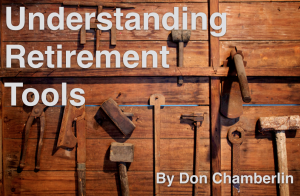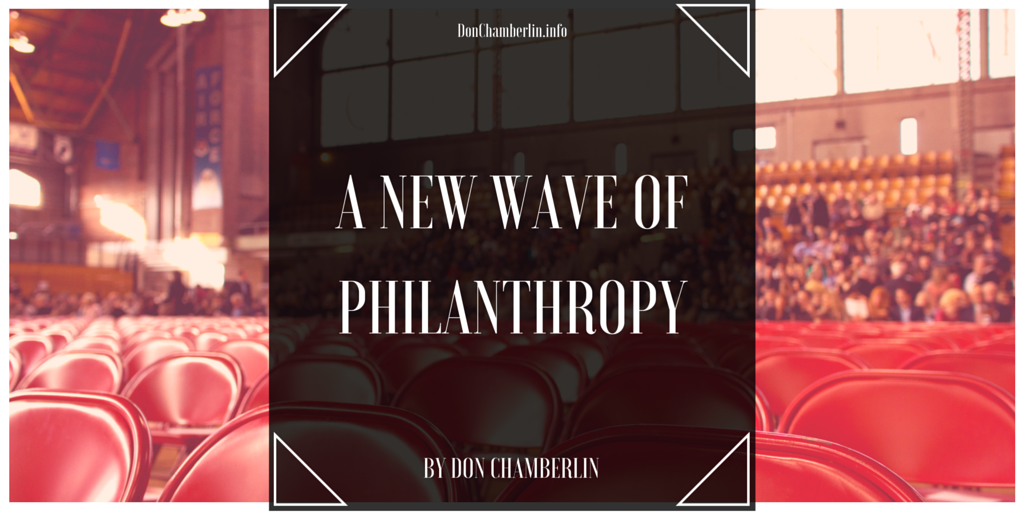 While it seems like a big commitment, volunteering to serve on a nonprofit board is a lot more accessible than you might think. There’s often an image of nonprofit boards being restricted to extremely wealthy socialites with no shortage of money or time on their hands. Yet the reality is a lot different; nonprofit boards aren’t anything like corporate boards, and each one is different from the other. Organizations could hope for board members with capacity, but more than anything else you want to find somebody whose passionate and influential. Here are some of the reasons you should join a nonprofit, based off an article I found online:
While it seems like a big commitment, volunteering to serve on a nonprofit board is a lot more accessible than you might think. There’s often an image of nonprofit boards being restricted to extremely wealthy socialites with no shortage of money or time on their hands. Yet the reality is a lot different; nonprofit boards aren’t anything like corporate boards, and each one is different from the other. Organizations could hope for board members with capacity, but more than anything else you want to find somebody whose passionate and influential. Here are some of the reasons you should join a nonprofit, based off an article I found online:
Learning patience: A lot of words can be spoken over a conference table; people can argue, say stupid things and make brilliant observations. Being able to wade through all of that will teach you patience.
Asking for money: When you were trick or treating as a child, you may have brought around a UNICEF box, asking for pennies for a good cause. If you can ask for money as an eight-year-old dressed like Mickey Mouse, then you can absolutely ask for money as an adult board member.
Enriching your resume: Being a board member looks good on any resume.
Meeting interesting people: People who join boards are almost always interesting, choosing a more hands-on approach to charity than that person who just attends a charity auction once a year. Being around such people will benefit you on numerous levels.
Playing nicely: Being on a board member with a bunch of people who are otherwise unconnected to you is all about diplomacy. Learning how to turn your board into a team will benefit everybody leaps and bounds.
Understanding assets better: You’ll learn how to better read and understand financial statements, then ask a related question that will actually make sense.
Running effective meetings: If you find yourself as a committee chair who heads a group of people that don’t work for you, you’ll need to learn a very different set of skills than any regular staff meeting, which can improve overall leadership.
Stimulating your mind: Board service at its best will let you bring your full self to the table, something you can’t always do in an organization.
Appreciating the organization better: The closer you are to the work of a nonprofit, then the more passionate you’ll become about it.


